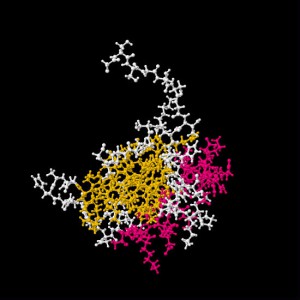 There are many things that I love about summer…being out on the water, puttering around in my garden, and local festivals top the list. But the best, the absolute best, is the produce. I could (and have!) spent hours at the farmer’s market, admiring the myriad of colors and varietals laid out under crisp white tents, fresh lemonade in hand and son in tow. I love to cook, and this time of bounty makes me a bit crazy. I want it all; the crisp asparagus of late spring, the early sweet peas, the summer squash. The ultimate goal, however, for my husband and I, is to eat roughly our weight in fresh summer tomatoes. I love every kind I can get my hands on, and I relish the flavor of each and everyone.
There are many things that I love about summer…being out on the water, puttering around in my garden, and local festivals top the list. But the best, the absolute best, is the produce. I could (and have!) spent hours at the farmer’s market, admiring the myriad of colors and varietals laid out under crisp white tents, fresh lemonade in hand and son in tow. I love to cook, and this time of bounty makes me a bit crazy. I want it all; the crisp asparagus of late spring, the early sweet peas, the summer squash. The ultimate goal, however, for my husband and I, is to eat roughly our weight in fresh summer tomatoes. I love every kind I can get my hands on, and I relish the flavor of each and everyone.
For 90% of the year in Wisconsin, we are left to deal with greenhouse, grocery store variety tomatoes whose slices are roughly equivalent to placing a piece of wet bread atop your sandwich. They are mushy, mealy, and lack any semblance of flavor. Every great while, you get one that is almost reminiscent of a real tomato, and it makes me long for the dog days of summer.
I know I’m not alone. As a foodie, I try to eat in season with my brethren. It’s November? We eat winter squash! Of course, that’s what in season, but every once in a while in the doldrums of winter, I’d like a proper BLT. So what makes those summer tomatoes taste so much better? Their environment? Their origin? Sure. Grown locally outdoors , picked ripe, and eaten within a day or two of being plucked from the vine ensures the best flavor. But, what’s inside those sweet tomatoes that makes them so good? Continue reading “Awwww, Ain’t That Sweet?”




